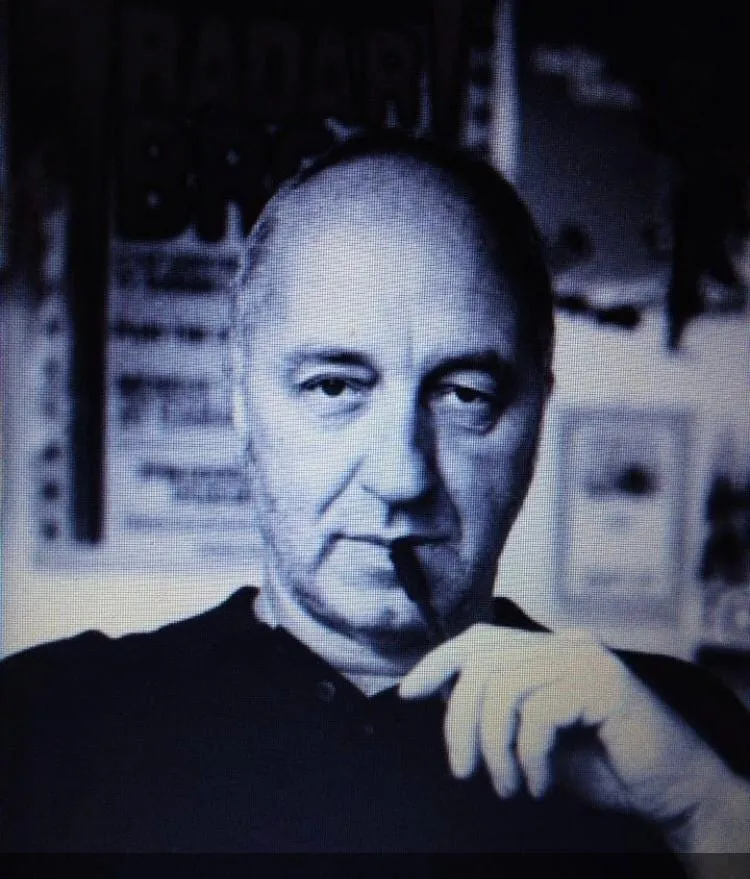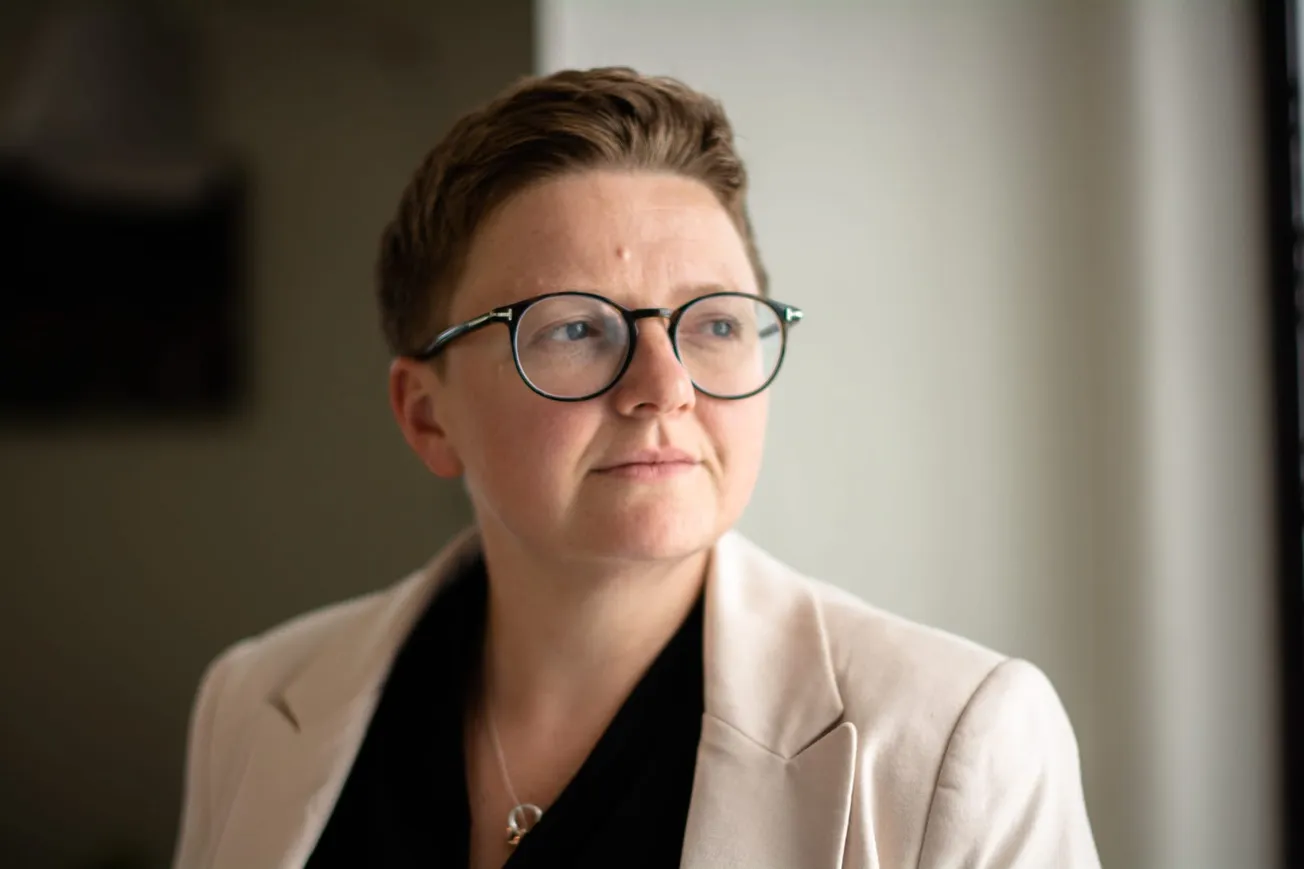Good morning members — today we meet Tony Husband, the legendary cartoonist who now draws ‘toons for The Mill. He tells us about how getting beaten up by a bunch of skinheads in Manchester led him to start drawing Yobs, his famous cartoon strip that’s been running in Private Eye for several decades.
By David Barnett
Eight years ago Tony Husband was sitting in his artist’s studio at his home in Hyde, a blank sheet of paper in front of him. He was pondering the death of his father a couple of months earlier, and suddenly he said, out loud to nobody in particular, "What was it like to have dementia, dad? Do you remember?”
Tony's father had fought a long and painful — for both him and those around him — battle against the illness before eventually succumbing. Tony was thinking about what it must be like as your mind and your memories and your understanding of everything start to gutter out like spent candles. He wasn’t expecting an answer.
But he got one.
“His voice just came back to me,” says Tony. “He said, ‘What, I had dementia, and you're asking me what I remember?’”
He pauses. “Well, it was the wine. Or the imagination. Or it really was my dad. Or all three. All I know is that I started to draw immediately.”

Where that inspiration came from, Tony hasn’t examined too closely. All he knows is that when he surfaced for air he had three pages of drawings of his father’s experiences, from the beginning when he started to develop dementia, to incidents like going into Hyde in his pyjamas, to his final, lucid words: “Can you imagine losing the memory of everyone you’ve ever loved? It’s so cruel.”
There is, of course, the possibility that those drawings came directly from Tony’s own artistic talent and his keen, observational eye. Because, turning 70 later this year, he’s been immersed in art, specifically the field of cartooning, for half a century.
If you know Tony’s work it might be from his long-running strip Yobs in the satirical weekly paper Private Eye. His three-panel cartoons poke fun at the thuggish, gammon-ish, violent elements in society. And, of course, there’s an anecdote attached. Speaking to Tony you quickly realise there’s an anecdote attached to pretty much everything he says.
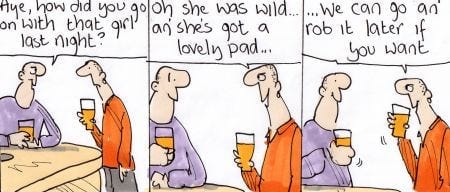
“I was a hippy," he says. “I once got beat up in Manchester by a bunch of skinheads. I’m not a fighter so I took my revenge in other ways, by putting skinheads in cartoons I was doing for Private Eye. After a while the editor Ian Hislop wrote directly to me and said he wanted a regular strip about the skinheads.”
That became Yobs, and it started 36 years ago. It’s still running today, and it’s what helped him give up his day job and become a full-time cartoonist working for a diverse range of clients from national newspapers to top-shelf magazines to kids’ comics to tackling hard-edged subjects in a series of books.
Tony was born in Blackpool, where his father was entertainments manager at the Squires Gate holiday camp. His parents moved him and his three brothers over to Hyde when he was four, where his father took up a troubleshooting job at the Great Universal catalogue company.
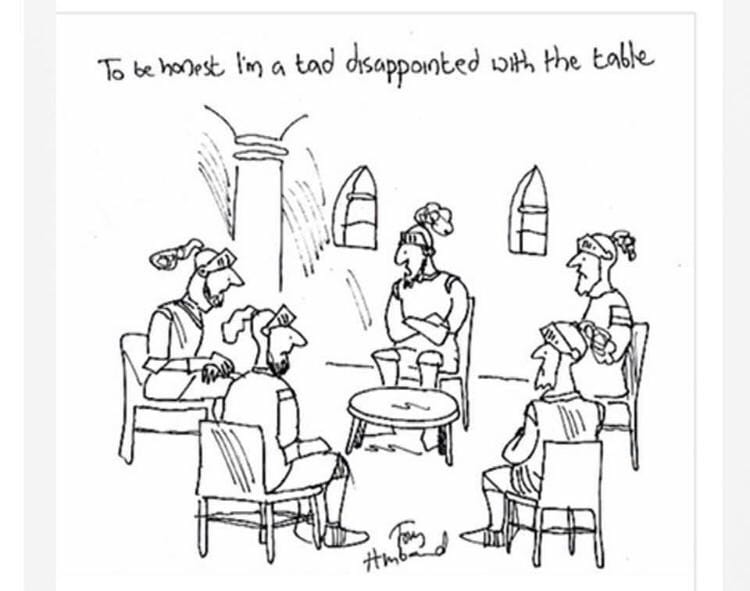
Although his father shared his twin interests of drawing and music — he performed in bands and dabbled in cartooning, though never sold any drawings — he dissuaded Tony from going to art school and instead encouraged him to get a job. He worked first for an advertising agency doing illustration and got his first break in cartooning from a client who wanted some sketches done for their in-house magazine.
From there he did some cartooning for a couple of underground newspapers, and while his day jobs became more prosaic — next as a window dresser and then as a jeweller — his cartooning sideline started to take off. The Daily Mirror paid him £3 each for a clutch of cartoons and that led to work with some of the top-shelf magazines. “I had a dark sense of humour and they seemed to like that,” he says, and when the red-top tabloid rival to The Sun, the Daily Star, was launched in 1978, Tony’s career really took off.
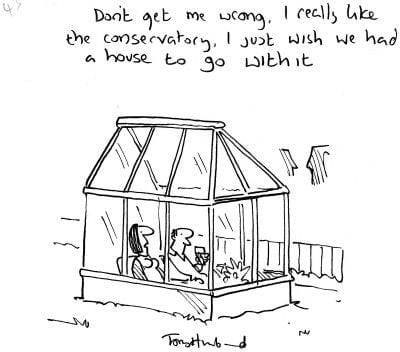
The Eighties were a golden age for cartoonists. “The Star had half a page of cartoons and they were taking stuff off me every day,” he says. “I started getting stuff in Private Eye and Punch and then I did some scripts for comics like Whizzer & Chips. I was doing greetings cards as well and it was a very prolific time. There were a lot of magazines running cartoons. I was making a decent living.”
Tony had gone full time by this point. He even got work in Playboy magazine, sending in his cartoons which were passed along the editorial hierarchy to be literally signed off in the corner until they got to Hugh Hefner himself. Somewhere in his home he has a pile of original cartoons with Hefner’s signature on them.
Tony has an easy, modest way of telling his stories. He’s not particularly a fire-side raconteur in a gentlemen’s club — though he is a member of the Groucho — but his tales are captivating. In 1986, together with his great friends Mark Rodgers and Patrick Gallagher, he launched Oink, a comic that was sort of pitched as a younger-readers version of irreverent grown-up comic Viz.
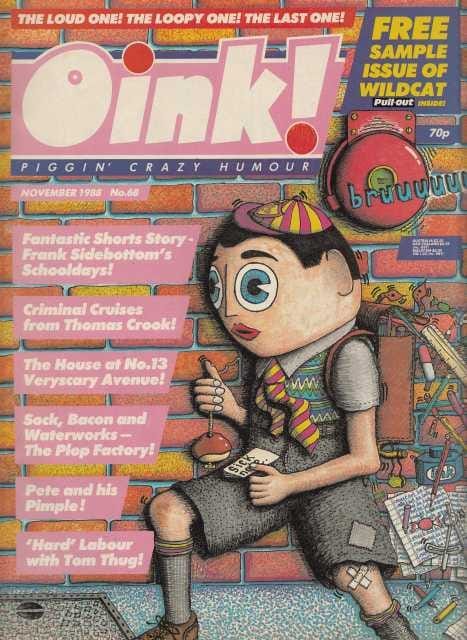
Like Viz, it attracted controversy over its two-year life because of the anarchic nature of its strips — questions were asked in the House of Commons about its suitability, and it was reported to the Press Complaints Commission. As a result, stockists got twitchy about it and for a while WH Smiths even shelved it along with the porn magazines.
It also attracted a wealth of talent, including former Fall member and now radio DJ Marc “Lard” Riley, Jeremy Banks, who would go on to be a Financial Times cartoonist, and one young man who sent in some ideas that Tony and his friends published… a first break for Black Mirror and Screen Wipe creator Charlie Brooker.
Oink also gave him a bit of a rock and roll lifestyle. The comic’s offices in Manchester were in a building also used by DJ Dave Haslam and the Happy Mondays’ management team. In the burgeoning late Eighties Manchester music scene, bands were coming in and out of the building all the time and Tony found himself at the centre of a cultural explosion.
He seems to know everybody, but not in a starry, name-dropping sort of way. He just does. He peppers his conversation with names such as Guy Garvey from Elbow, Blur’s Alex James, Keith Allen, who wander in and out of his life and his conversation. He recalls Ian Astbury, lead singer of goth rockers The Cult, approaching him and asking to have a word. Astbury had ordered two Oink T-shirts and two mugs, but had only got one, and wondered if Tony could look into it for him.
In 1990 he won the Times Cartoonist of the Year award and asked what his ambitions were, he said he’d like to do a cover for Punch magazine and illustrate a children’s book. The next day he got two calls — one from Punch offering him a cover, the other from writer David Wood, who said he wanted to work with Tony on a book which became Save The Human, a cautionary tale about animals taking over the world because mankind has made such a mess of it.
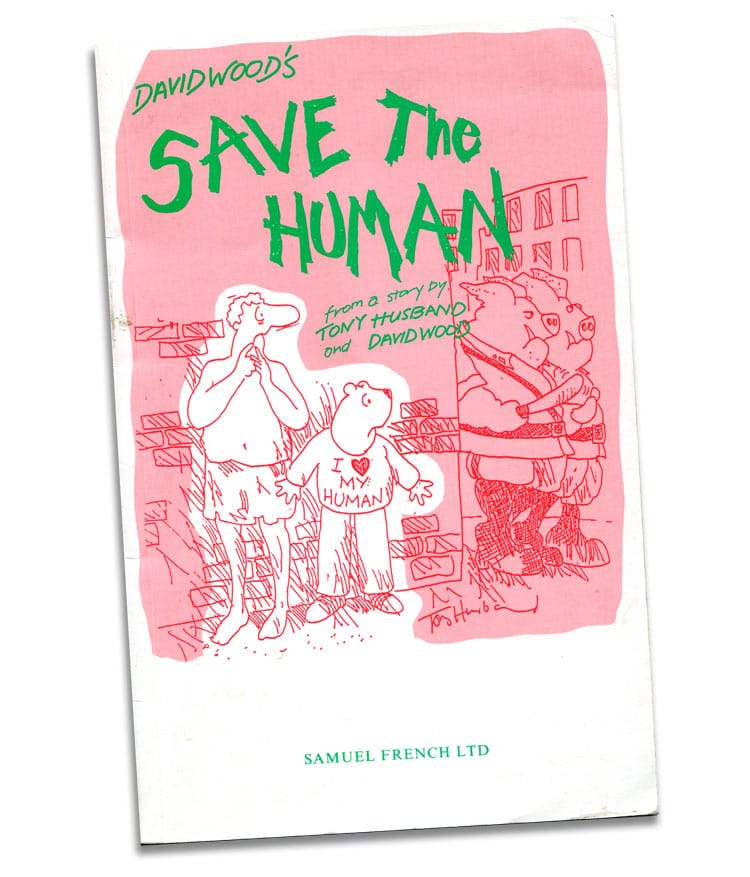
It sounds as though he has led a charmed life. He still lives in Hyde with his wife Carole, and he’s fulfilled ambition after ambition, and rubs shoulders with household names. But there have also been dark times.
His father’s descent into dementia was one of the major ones. The other — at exactly the same time — was his son Paul getting addicted to heroin. It was a terrible time for all concerned. Tony and Carole were fielding calls about his father, and his son, and still the work was coming in that he could not turn down or ignore.
Eventually, after friends intervened and tried to get him to go cold turkey, Paul went into rehab. And part of his recovery process was being given a camera, that he found he had an affinity for.
Paul embarked upon a hobby, and then a career, of photography. His work is famous now, slathered in black like modern-day Caravaggios. And it led to father and son collaborating on a book, From A Dark Place, about how the family coped with the spectre of addiction.
Tony faces challenges head on and tackles them through his art. Getting beaten up by skinheads became the impetus for Yobs. His son’s dark nightmare led to a cathartic book. And his strange studio experience involving a conversation with his dead father he can’t quite find a proper explanation for led him down a new path.
After drawing those three pages of his father’s story he showed them to another friend you might have heard of — Stephen Fry. Fry asked if he could tweet them out, saying, “Are you sure your system can take 24 million hits?”
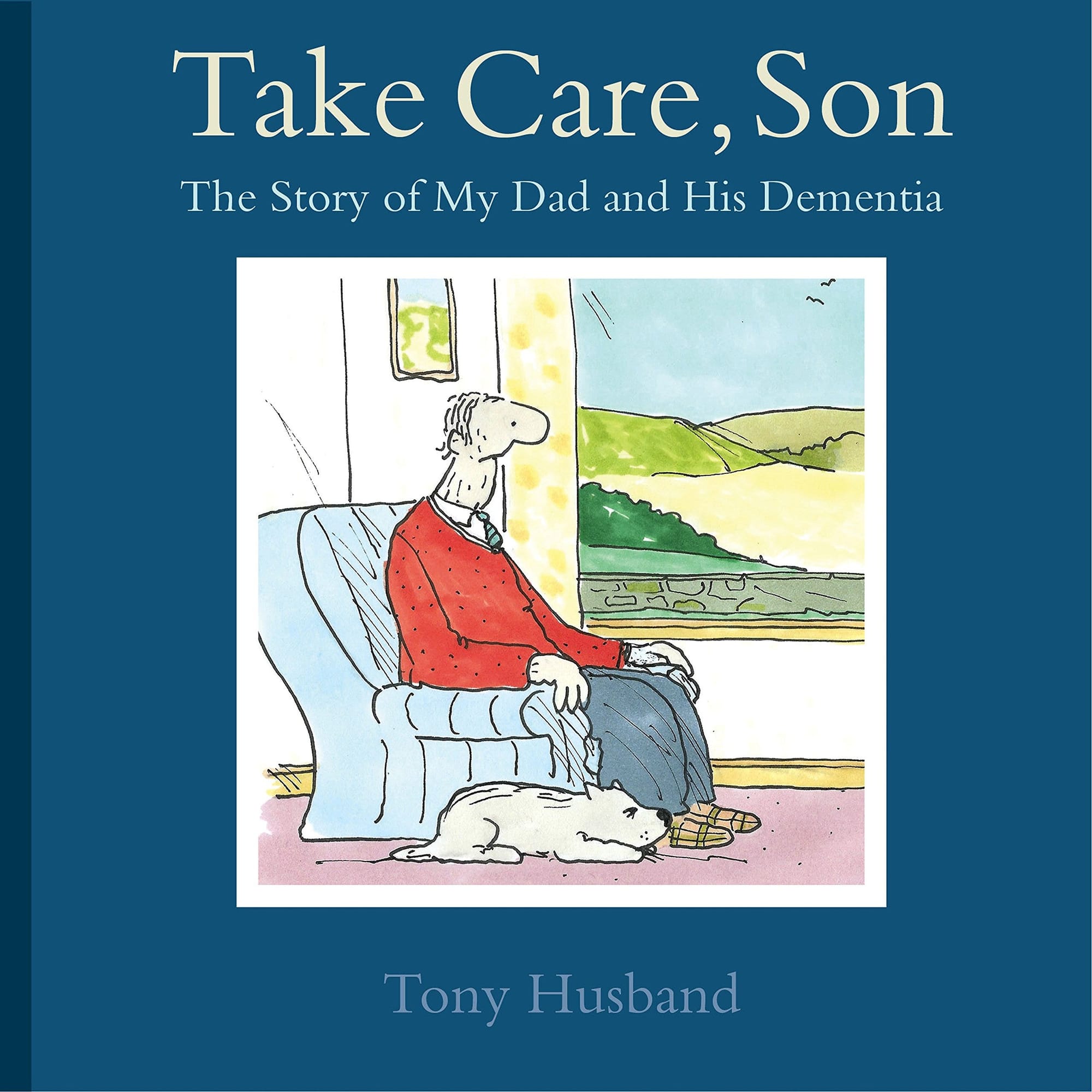
The pictures, of course, went viral, and Tony was asked to turn them into an illustrated book, which became the graphic novel Take Care, Son, published in 2014. From there, he started work with the Manchester Camerata and a choir formed from people with dementia, and then he was approached to tell a woman’s story who had suffered from child abuse. He had gone from quick-fire graphic gags to tackling some seriously weighty issues.
And still, he continues to explore new avenues, to break new ground, to enthuse about everything. He is making music himself and in lockdown has been doing what he calls “proper drawing” — studies of animals, especially, which have been turned into prints and sold to benefit a local hospital.
I ask him if he’s planning to retire and it’s as though I’ve asked him if he fancied chopping off his right arm. “Absolutely not,” he says. “I mean, you’ve got to keep trying new things, haven’t you? And there’s lots of stuff I haven’t tried yet.”
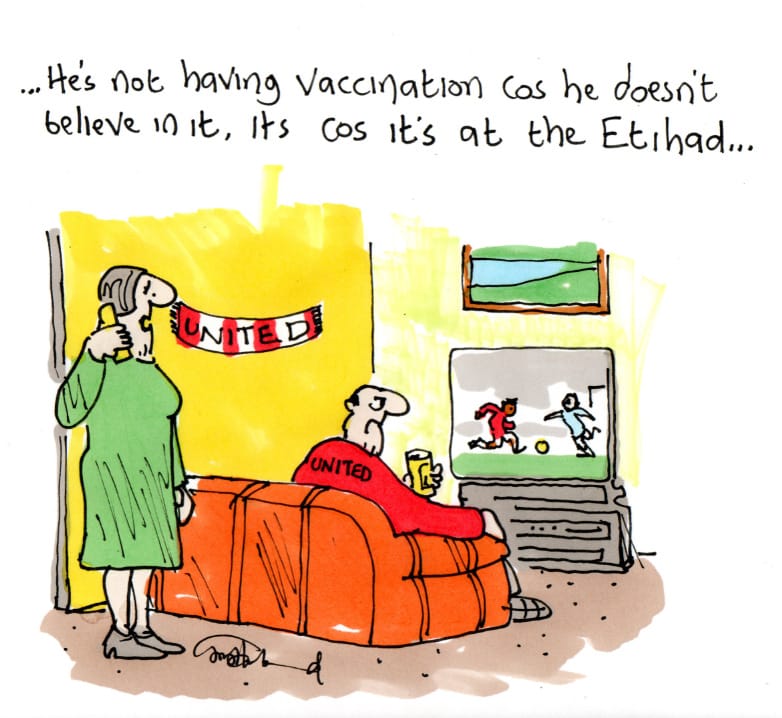

Comments
How to comment:
If you are already a member,
click here to sign in
and leave a comment.
If you aren't a member,
sign up here
to be able to leave a comment.
To add your photo, click here to create a profile on Gravatar.

